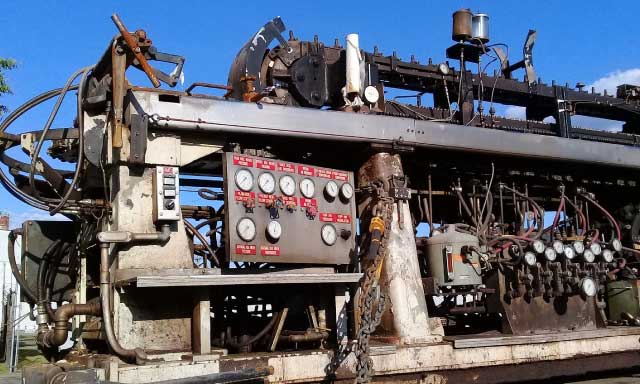Wellsboro Glass Historical Association
Menu
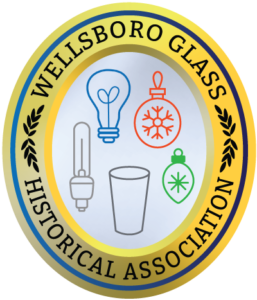
Preserving History
The Lightbulb. We take it for granted today, but the invention is quite fascinating and the production behind the bulb itself is even more amazing!
Original bulbs were blown by hand. But in 1926, Billy Woods of Wellsboro, PA with the help of engineers from Corning Glass, invented a machine that would change history. The ribbon machine revolutionized the glass industry, turning out more than 1000 bulbs per minute! The Wellsboro Glass Historical Association is preserving this history unique to the small town of Wellsboro; remembering the innovation, production, and the people that worked here.
In a three-part series, Sara Vogt covers Ryan Root’s work at the Wellsboro Glass Plant, returning home of the S 1 and Number 9 ribbon machines, and the creation of the Wellsboro Glass Historical Association.
Part One shows Ryan following his grandfather’s footsteps into the same line of work. Thomas Alva Edison invented the light bulb in 1879 (Will Woods’s birth). Edison contacted Corning Glass to manufacture the light bulbs. At first, they were being done by hand, a long process of making two bulbs per minute in 1890’s. Corning Glass Inventor Will Woods and developer David Gray created the first ribbon machine to produce light bulbs.
THE LIGHT BULB
In 1916, Corning Glass purchased the vacant Columbia Glass Works building on Jackson Street in Wellsboro, PA and began production of hand-blown glass light bulbs and tubing. The Wellsboro Glass Factory continued to produce light bulbs for 100 years until its closure in 2016.
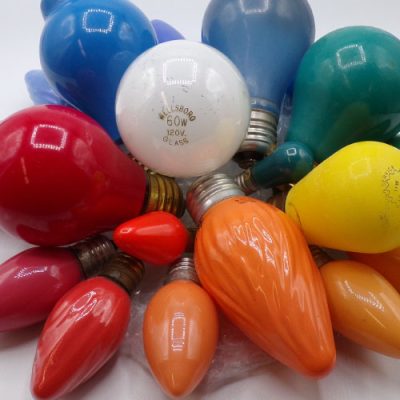
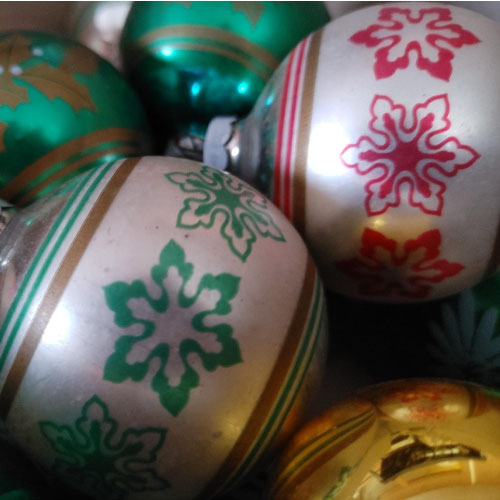
CHRISTMAS ORNAMENTS
With the threat of a world war disrupting European imports, the Wellsboro glass factory was tasked with creating glass Christmas ornaments for the American market in 1939. That first year they produced nearly 1 million ball-style ornaments. Local engineers designed many new molds to supply the iconic Shiny Brite ornament line and many other brands, while also developing techniques to color, frost, and decorate the ornaments for decades to come.
GLASS PRODUCTS
Light bulbs and Glass tubing for dry storage were the first products produced at the Wellsboro Glass factory, but the product line expanded over the years. Light bulbs of many sizes and shapes were developed, along with the glass casings for radio and television tubes. In later years the factory worked on projects for bell domes and glass ceramic tile among other items.
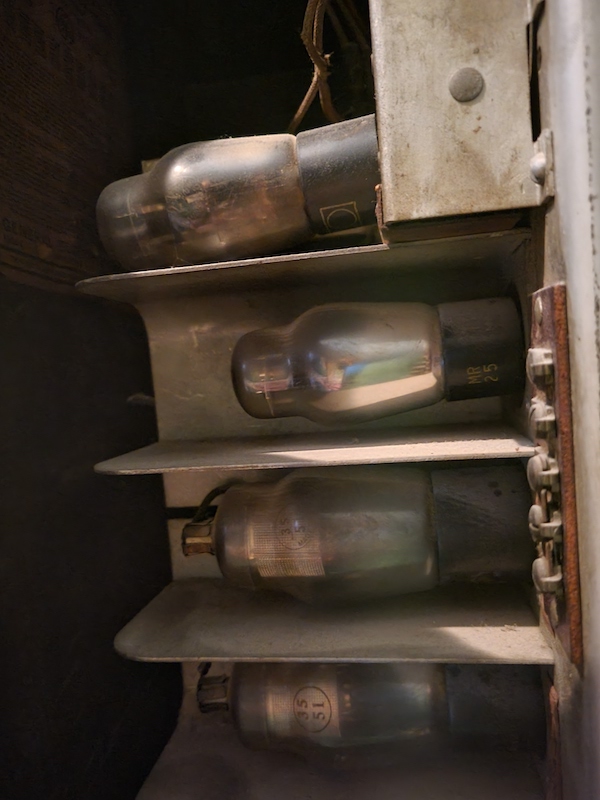

THE PEOPLE
Wellsboro landed the Corning Glass plant because of the existing factory, but also because there was a ready workforce. In its 100 years of operation, the Wellsboro glass plant employed thousands of men and women, and many local families can boast that multiple generations worked together at the plant. Their stories are tied to the factory and the heart of the Wellsboro community.
THE RIBBON MACHINE
William Woods served as Wellsboro’s first plant manager beginning in 1916. He worked with Corning engineers to bring his vision of mechanized light bulb production to life. The Ribbon Machine revolutionized the manufacturing process and made glass light bulbs more affordable. Still considered one of the top mechanical wonders of the world, Wellsboro Glass Historical Association is actively working to preserve the story of these machines, the products they created and the machines as well.
